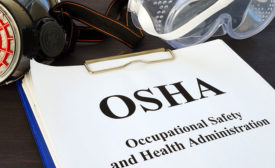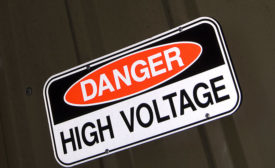Home » incident reporting
Articles Tagged with ''incident reporting''
Digital Edition Exclusive
Call it proactive incident prevention
See a hazard, say something
March 2, 2020
Emergency response plans should prepare you for the media
When reporters come calling…
December 4, 2019
Centralized software reduces errors & increases security
Ditch the spreadsheets
July 3, 2019
OSHA’s position on incentives
Agency clarifies that rate-based programs OK if reporting is encouraged
February 26, 2019
Become a Leader in Safety Culture
Build your knowledge with ISHN, covering key safety, health and industrial hygiene news, products, and trends.
JOIN TODAYCopyright ©2024. All Rights Reserved BNP Media.
Design, CMS, Hosting & Web Development :: ePublishing









